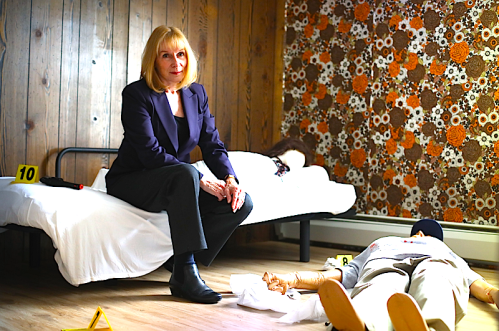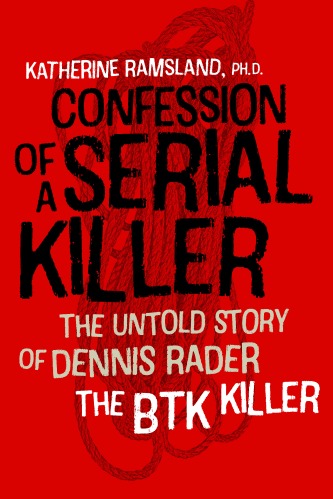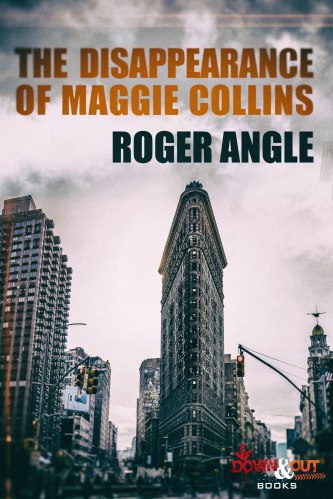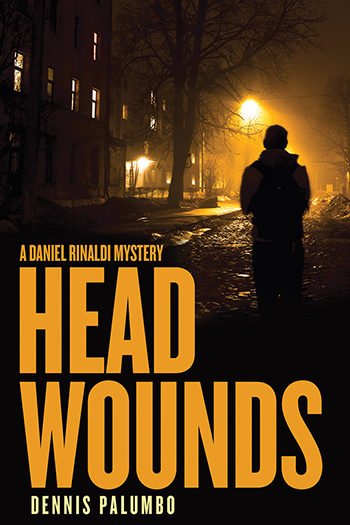
Contextual Cues for Predatory Targeting
Pattern repetition improves the speed and efficiency of victimizing.
Elsewhere I’ve written about the predator’s advantage and six things that make us vulnerable to them. Essentially, predators keep their eyes open for certain types of people, behaviors, and situations. The more they watch for these things, the better they get at seeing them. There’s a concept for that.
It’s contextual cueing or honing the ability to spot desired targets with the repetition of specifically configured patterns. Repeated exposure to the pattern arrangement improves search efficiency. In other words, the brain develops mechanisms to increase its competence for selecting what it’s seeking.
We all have the ability to improve the efficiency of our scanning activity. That’s why we can find our way home, night or day, or locate our car in a crowded lot. We match the reality with our image. Our contextualized focus guides visual attention and object recognition, and memory of the context navigates attention toward future similar goals.
Recent research shows this is not a narrowing of focus but filtering. We use inner representations to filter out irrelevant data so we can better find what engages us. If certain patterns matter a lot, such as prey to a predator, our brain develops more sensitivity to them. In fact, before we’re conscious of the cues, deeper brain structures that form body memories and perceptual sets have already processed them. Perception serves action, so familiar configurations generate faster search performance than do novel configurations. Once the pattern’s set, we can act more quickly.
This means predators who stay vigilant for opportunities can develop a robust memory and visual skill for certain cues, which guides where and how they look. Repeated experience and expertise update their memory and yield advanced search benefits. The items (or people) they seek stand out faster and more precisely the more they work at it. They can cut quickly through the noise.
Serial killer Israel Keyes, who built houses, described what he’d look for before committing a murder. If he wanted time with a victim, he’d look for signs of an abandoned house where he could take them. A ‘for sale’ sign was a good indicator, and such signs always caught his eye. In Essex, Vermont, Keyes saw an isolated, abandoned farmhouse for sale. He broke in and looked around. Then he looked for a victim close by. He chose the home of Bill and Lorraine Currier because it had an attached garage and showed no evidence of children or a dog. Knowing house layouts, he found a window AC that suggested the master bedroom. He found a vulnerable entry point and went in. Waking the couple, he kidnapped and killed them that night. He was efficient because he looked for certain things.
For predators like him, contextual cues form a cognitive map or the representation of how we become habituated to a specific perspective. We encode, recall, and recognize our “situated existence” according to familiar parameters. We mentally “place” things so we can find them when we need them.
Researcher E. C. Tolman theorized long ago that successful learning occurred spatially. In the 1940s he ran rats through a maze, finding that once they became familiar with it, they could make their way through it with fewer errors during later trials – even with roadblocks placed in their way. If the maze was filled with water, for example, they still swam the correct route. Tolman surmised that the rats had internalized it and developed an inner field guide. Further research since then appears to confirm that the neurological system is set up to encode locations, distance, and directions. It likely also encodes contextual cues in the same manner.
The brain links our perceptual sets with our physiological systems. Researchers at London’s University College studied the size of the memory-consolidating hippocampus in cab drivers because they surmised that these cabbies must have an enhanced working memory of locations. Over the two years in which they trained, they had to prove they could locate thousands of sites all over London. Compared to a control group, their hippocampus showed greater development. The more years they’d been on the job, the larger its size. That is, they had developed strong embodied biological intelligence – grounded cognition.
Predators have this, too. They know what they want and remember how to get there. Other serial killers have similarly discussed what they look for to detect vulnerable victims. Some watch for young women alone, some lock on unsupervised children, and others zero in on people who need money or drugs. Con artists say the same thing, as documented in this book, The Confidence Game. The more that serial offenders work at a specific type of crime or focus on a specific type of victim, the more ingrained their contextual cues become. These encoded cues then enhance and improve their chance of success during their next predatory outing.
References:
Tolman, E. C.. (1948). Cognitive maps in rats and men. Psychological Review, 55(4), 189-208.
Callahan, M. (2109). American predator: The hunt for the most meticulous serial killer of the 21st century. Penguin.
Maguire, E., Gadian, I., Johnsrude, C. et al, (2000). Navigational Related Structural Change in the Hippocampi of Taxi Drivers. Proceedings of the National Academy of Sciences, 97, 4398-4403
Costa, S., & Shaw, P. (2006). ‘Open Minded’ Cells: How Cells Can Change Fate. Trends in Cell Biology 17(3), 101–106.
Konnikova, M. (2016) The Confidence Game: Why we fall for it…every time. Penguin.
Junge, J. A., Scholl, B. J., & Chun. M. M. (2007). How is spatial context learning integrated over signal versus noise? A primacy effect in contextual cueing. Visual Cognition, 15(1), https://doi.org/10.1080/13506280600859706
Original Post in Psychology Today: psychologytoday.com/us/blog/shadow-boxing/202010/contextual-cues-predatory-targeting












































